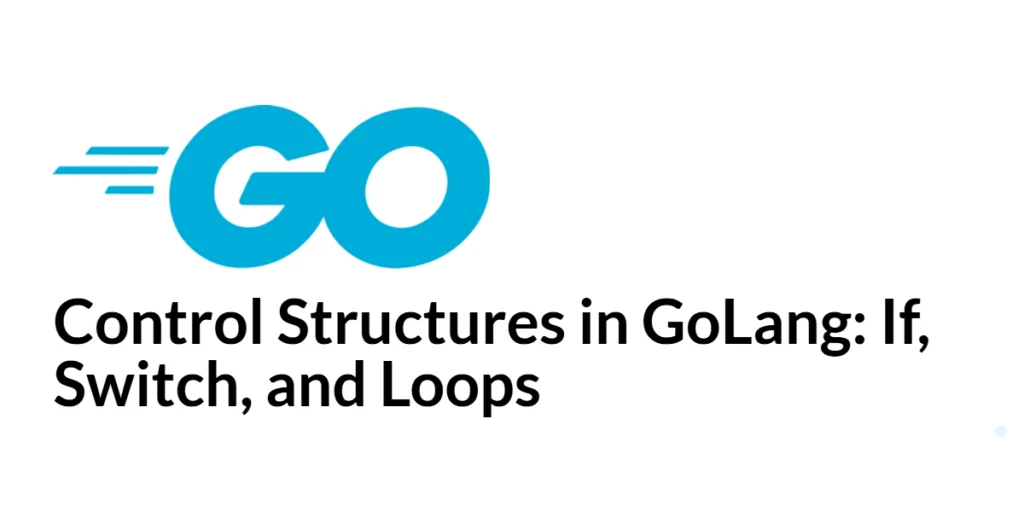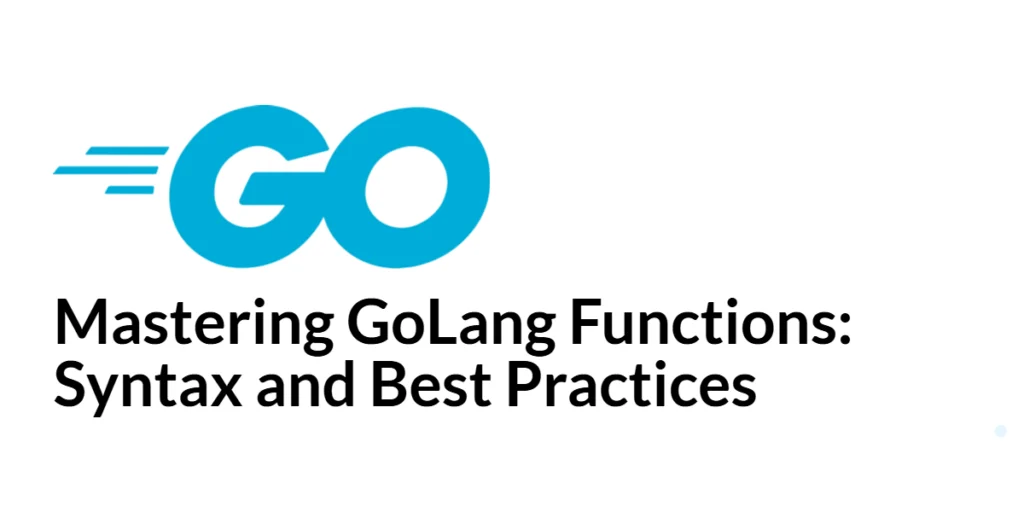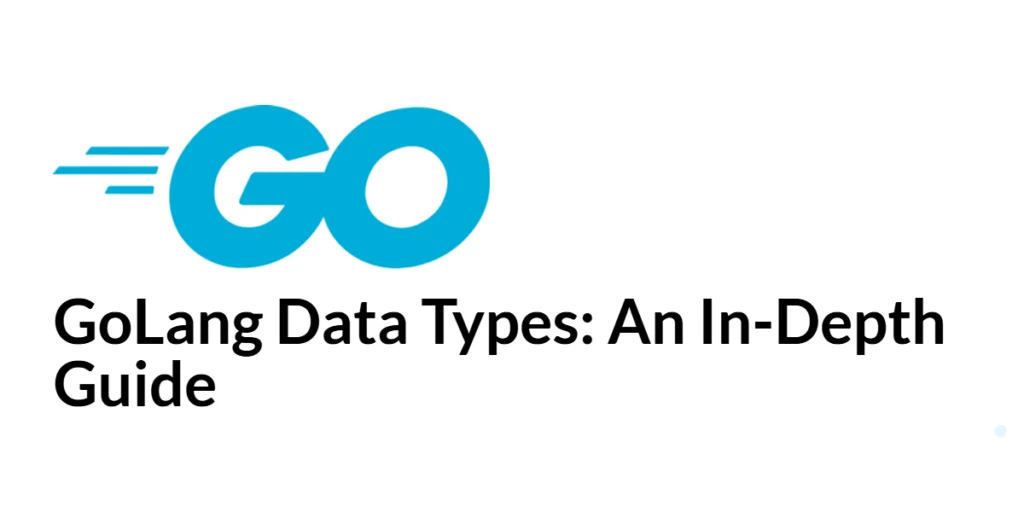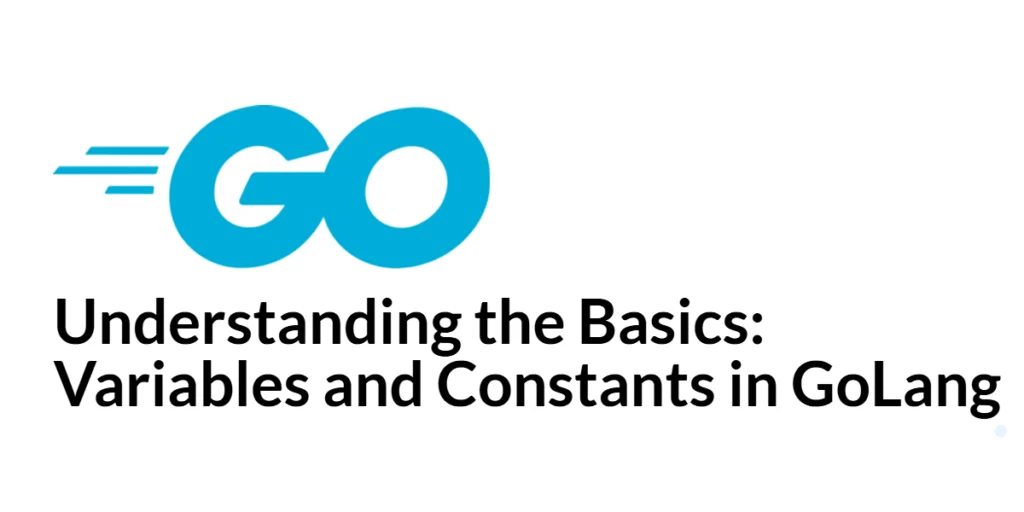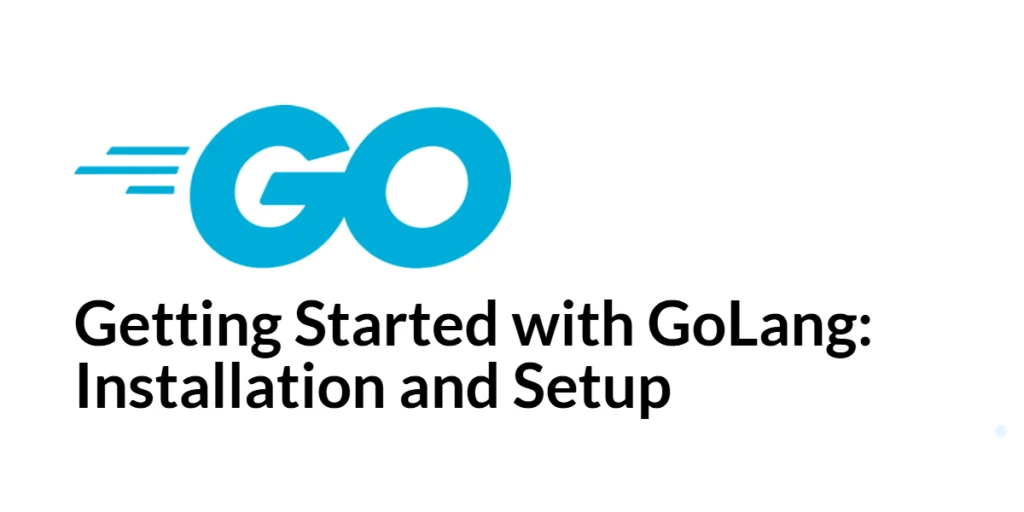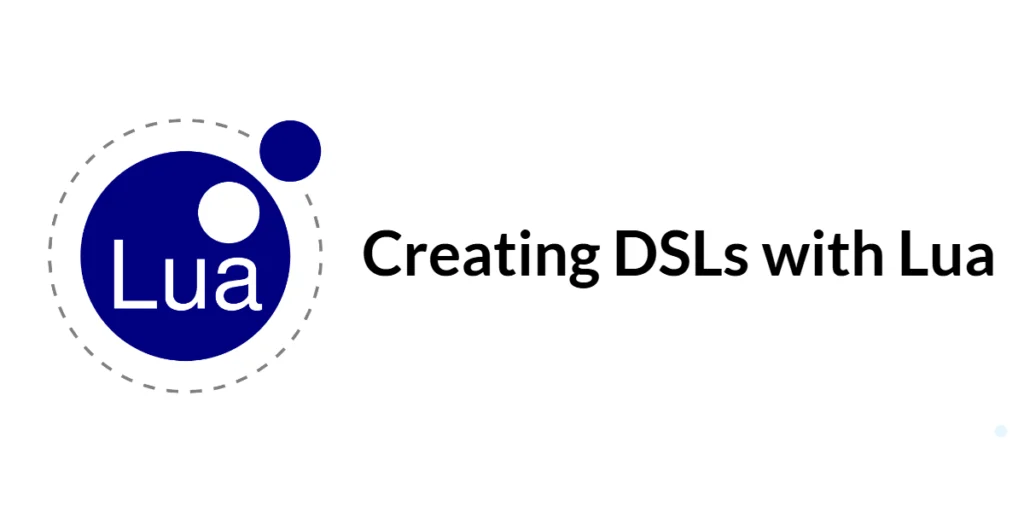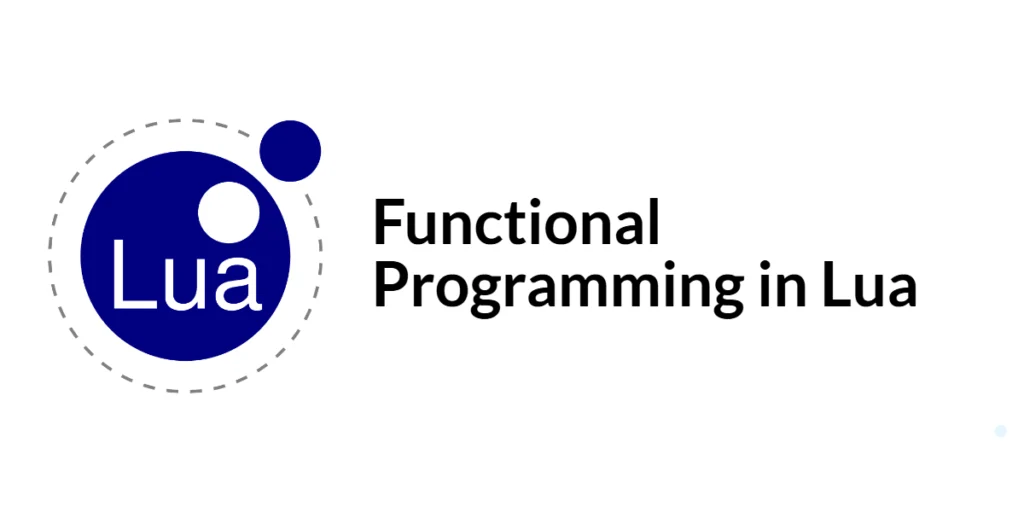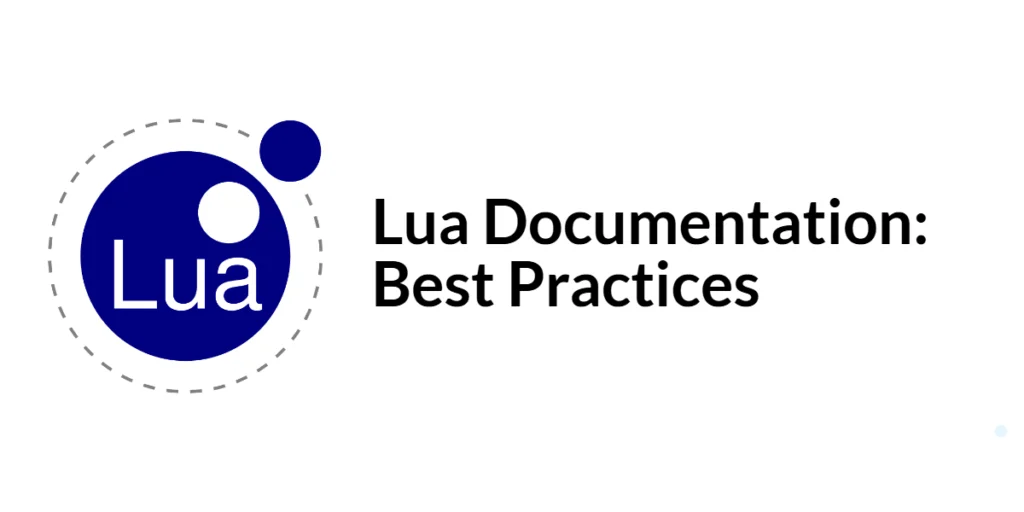GoLang Arrays and Slices: Essential Concepts
Arrays and slices are fundamental data structures in GoLang, used for storing collections of elements. Arrays are fixed-size sequences, while slices are more flexible, dynamic structures that provide a view into the underlying array. Both arrays and slices are essential for managing data efficiently and performing operations on collections in GoLang. Understanding the differences between […]
GoLang Arrays and Slices: Essential Concepts Read More »

